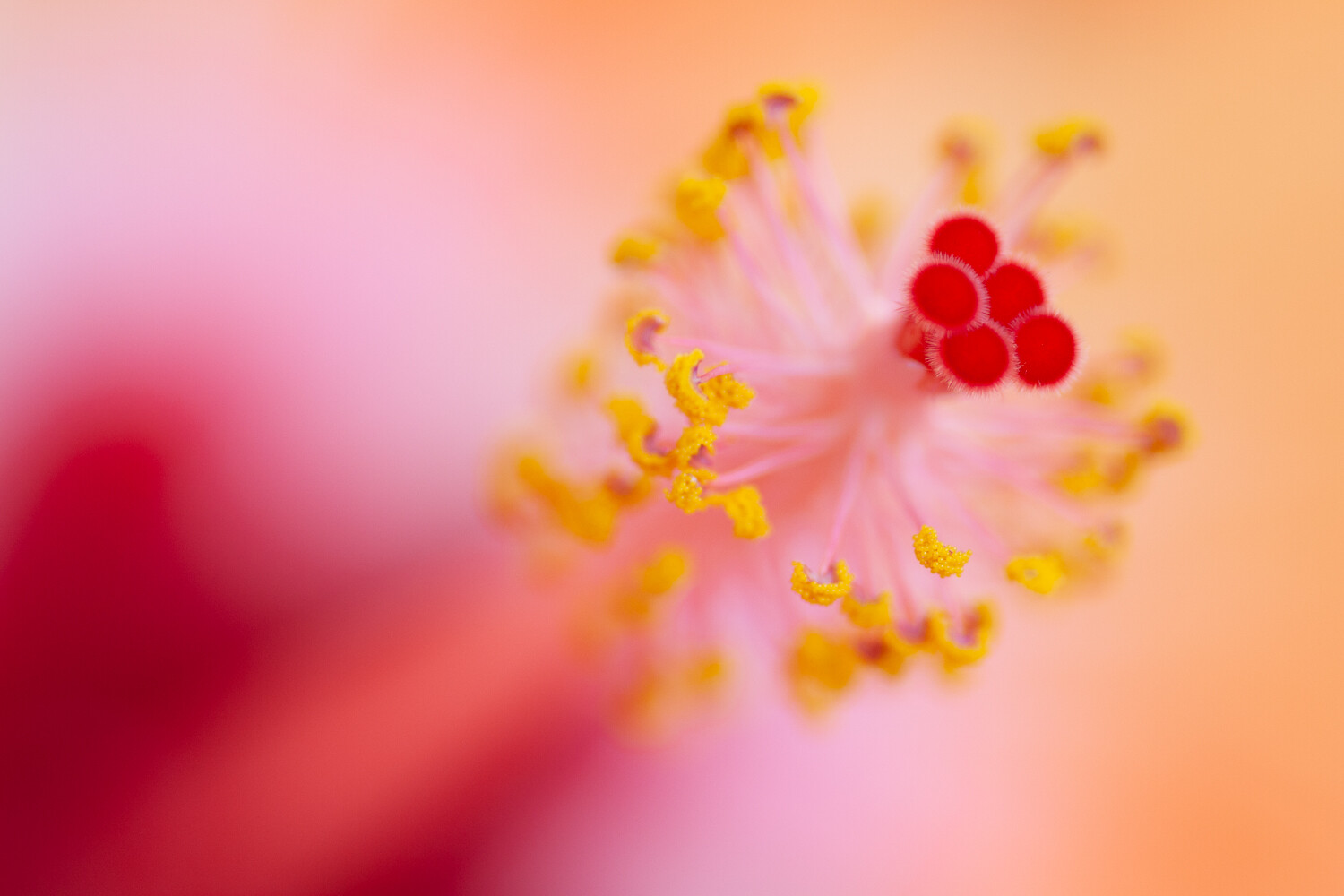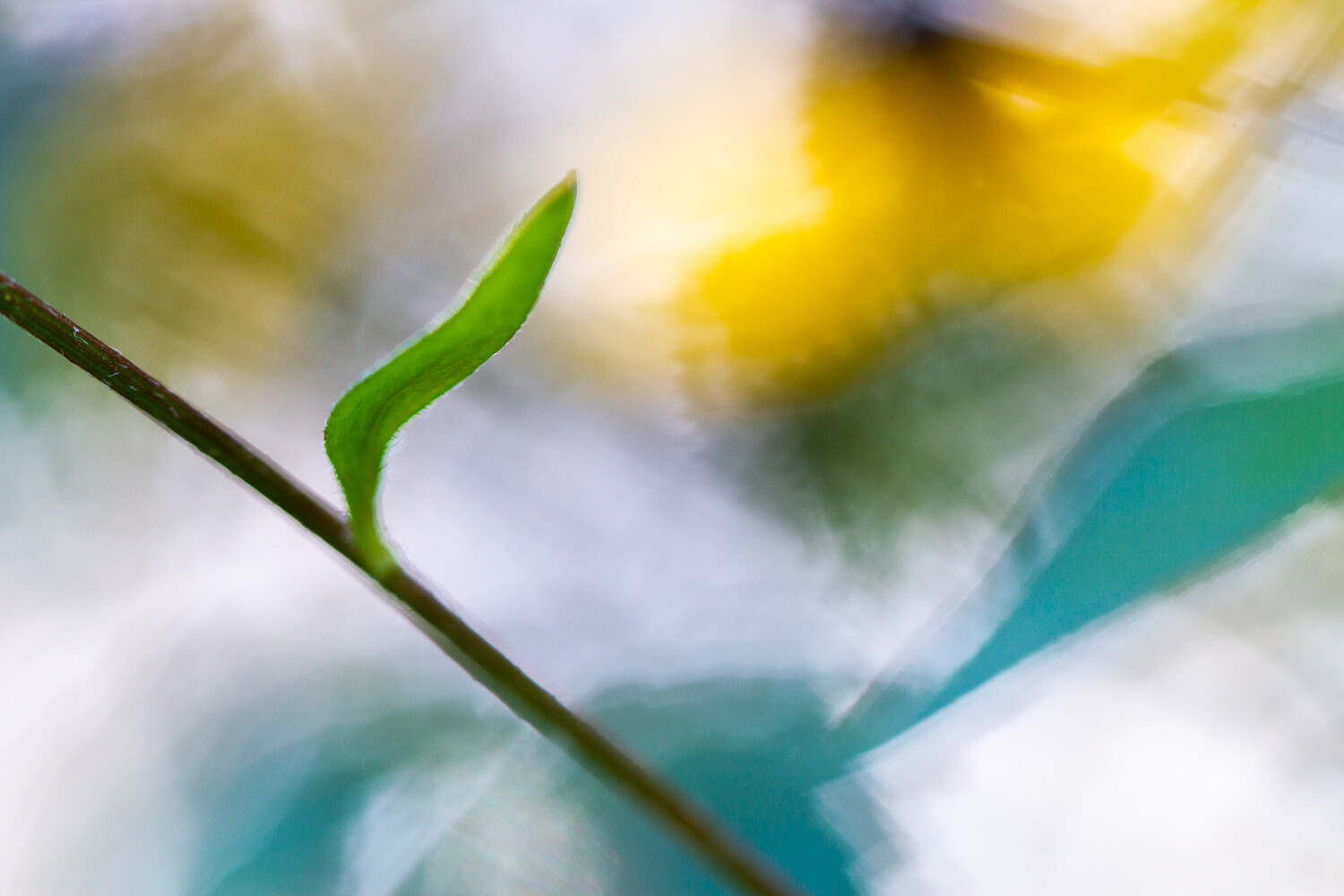The post What to Post on Instagram When You’re Out of Ideas appeared first on Digital Photography School. It was authored by Charlie Moss.

Ever find yourself stuck knowing what to post on Instagram? I’m sure we’ve all read the guides that tell you to use apps to plan and schedule your social media presence weeks in advance. But despite best intentions, I still only ever manage to post as and when I think about it!

ISO400, 35mm (50mm equiv.), f4, 1/60th sec
That often leaves me with a block, not knowing what to post. And I know I’m not alone in this.
The truth is, if you’ve not created any new photographs for a while that you can share, then you might be wondering if it’s worth posting anything at all.
The answer is almost always yes. It’s always worth posting something! But what to post?
Here are some ideas for what to post on Instagram that you can create from your image archive.
Behind the scenes shots
If you’re shooting with a buddy, always get them to take a behind the scenes shot of you with your camera. In fact, get them to take a few and return the favor! If you make an effort to take these shots as often as you can, you’ll never be short of images that you can post when you’re stuck for what to post on Instagram.
The benefit of these kinds of behind the scenes images is that your audience will get to know you and feel connected to both you and your work. They’ll feel like they’re a part of your creative process and, therefore, have a more emotional investment.

Original image shot on an iPhone in natural light.
If you tend to shoot by yourself, then this gets a little tricker, but I’ve had good success in posting my tabletop and studio setups to Instagram stories. Sometimes I’ve even posted images that I’m halfway through retouching to my stories – as long as the subject doesn’t mind. It gets people interested, asking questions and starting conversations.
#FollowFriday
Something that I’ve noticed on Instagram over the years is that the more time you spend building others up, the more you will be repaid in kindness (and likes – of course).

ISO400, 35mm (50mm equiv.), f4, 1/40th sec
The ‘followfriday’ hashtag is a great way of building other people up, promoting their work, and also providing a useful service to the people who follow you. Everyone wants to find more interesting people to follow on social media. By recommending those people whose work you love to your followers, you’re helping them discover new and exciting people to follow.
I usually do #followfriday shout-outs in my Instagram stories. By choosing a photograph that I love from the other persons’ feed and sharing it to my stories, I find that I get great engagement from my followers. And at the same time, if I have an important announcement to make about my work, I can post it, and I know that more eyes will see it than usual.
#ThrowbackThursday
Who doesn’t love digging through the old photo albums to find some real gems from the past? As true as this is for finding embarrassing family photos, I like to do it with my photography work too!

The original image was shot in the studio with a beauty dish.
‘Throwback Thursday’ is a great opportunity to showcase some older work that has been somewhat forgotten. It’s a global hashtag that people with all kinds of interests and backgrounds both post on and follow. If you’re wondering what to post on Instagram, this can be a fun exercise in delving back into your archive to see what you might have forgotten about or even missed the first time around.
If your Lightroom catalog is organized, this shouldn’t be a tough task. All the photos should be there and laid out for you in a logical way, ready to sort through and find (old) new pictures to post on Instagram.
Hopefully, you’ll gain some new and unexpected followers when you do post from the archives!
Tips, tricks, and tutorials
Even a photographer who is a relative beginner has a neat trick or tip that they’ve learned and that they can share. Think about your workflow when it comes to taking photos – what have you come up with that is a neat little hack that could help others?

Original image shot in the studio with a beauty dish.
I love to post these kinds of little short lessons on Instagram stories as a short series. Using the tools right on my iPhone, like Image Markup, I can draw on pictures to illustrate the point I’m making.
In order to make it work, you need to find something simple that will fit into just four or five slides. In the set above, I also included a photo of a Rembrandt painting for comparison.
The tip you’re giving should be easy to understand in less than a minute. Otherwise, you might find it’s better to write a blog post or use another longer-format approach.
Keep it coherent
If there’s one thing that’s true when it comes to Instagram, it’s that coherent profiles are usually the most successful. That’s easier said than done if you’re a beginner as it takes a while to establish a consistent style.
Don’t forget that Lightroom presets can be a great way to make your images look like they belong together.
As you start to see a coherent look emerge that you like, stick to it! People will come to expect a particular look and feel from your Instagram posts, and it’ll be one of the reasons that they keep coming back for more.

The small circles at the top of the grid are the Story Highlights. You can use them to keep important stories at the top of your Instagram profile page.
Don’t forget to use Instagram stories. You can create “Story Highlight” sections on your Instagram profile page to keep all the interesting content you’ve uploaded, together in one place. This extends the life of a story that you post from 24 hours and giving it a permanent place on your profile page.
I use this as a way to bookmark useful info I’ve posted or small portfolios that I might want people to look at. You could keep all your tutorials in one, and your #ThrowbackThursday stories in another!
Most importantly, though, when you’re wondering what to post on Instagram, just post something! Consistency is key on social media. Keep posting, and your work will stay at the forefront of people’s minds!
The post What to Post on Instagram When You’re Out of Ideas appeared first on Digital Photography School. It was authored by Charlie Moss.
















































































You must be logged in to post a comment.